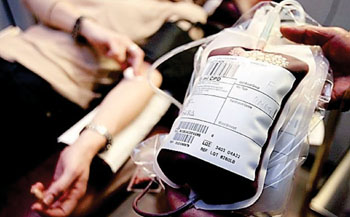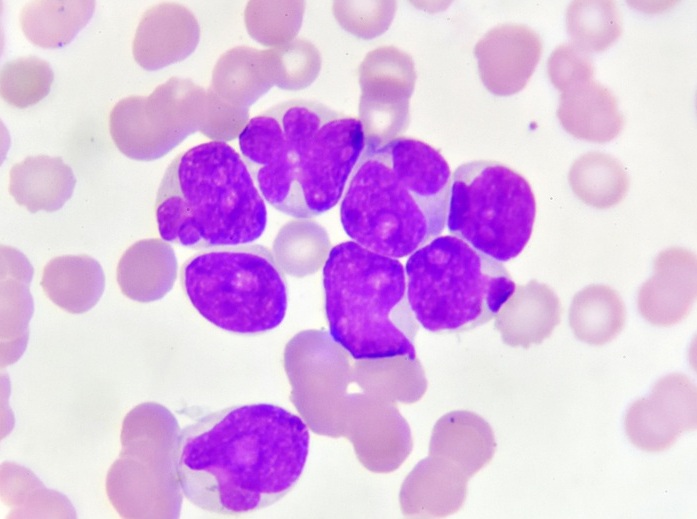Cardiac Patients Given Less Blood During Transfusions Do Well
By LabMedica International staff writers
Posted on 25 Dec 2014
Blood transfusion might affect long-term mortality by changing immune function and thus potentially increasing the risk of subsequent infections and cancer recurrence.Posted on 25 Dec 2014
Compared with a restrictive transfusion strategy, a more liberal strategy could reduce cardiac complications by lowering myocardial damage, thereby reducing future deaths from cardiovascular disease.

Image: Collecting blood for transfusion (Photo courtesy of Toby Melville).
Clinicians at the Robert Wood Johnson Medical School (New Brunswick, NJ, USA) working with colleagues from several other institutions, recruited 2,016 patients from 47 hospitals across the USA and Canada. Patients aged 50 years and older with a hemoglobin concentration lower than 100 g/L within three days after undergoing surgery to repair a hip fracture, and a history of cardiovascular disease or risk factors for cardiovascular disease were enrolled in the randomized controlled trial. Half of the patients received larger quantities of transfused blood; and the other half received transfusions that were smaller by as much as two thirds.
The total population of 2,016 enrolled patients had a mean age of 81.6 years (range 5 to 103 years), 1,527 (76%) were women, and 1,268 (63%) had cardiovascular disease. The mean pre-transfusion hemoglobin concentration was 92 ± 5 g/L in the liberal transfusion strategy group and 79 ± 6 g/L in the restrictive transfusion strategy group. The number of units of red blood cells transfused post-randomization in the liberal transfusion strategy was 2.9-times larger than that in the restrictive transfusion strategy. Long-term mortality did not differ significantly between the two treatment groups as 432 (43.2%) of 999 patients died in the liberal transfusion strategy group and 409 (40.8%) of 1,003 died in the restrictive strategy group. The cause of death did not differ between the transfusion strategies and the proportion of deaths from cardiovascular disease, cancer, and infections were nearly identical in the two groups of the trial.
Jeffrey L. Carson, MD, a professor and lead author of the study said, “Physicians performing surgeries and other procedures judge whether blood is needed based on how much they have seen the patient lose and by closely watching vital signs such as blood pressure. If physicians overestimate and provide too much blood, the patient's circulatory system can be overloaded and breathing can be affected. The risk of infection can also increase. There are definite risks associated with transfusion. The classic ones are hepatitis and human immunodeficiency virus (HIV). They are as rare as being hit by lightning, but even so, why give more blood to anyone if you can't show it benefits them?” The study was published on December 9, 2014, in the journal the Lancet.
Related Links:
Robert Wood Johnson Medical School














